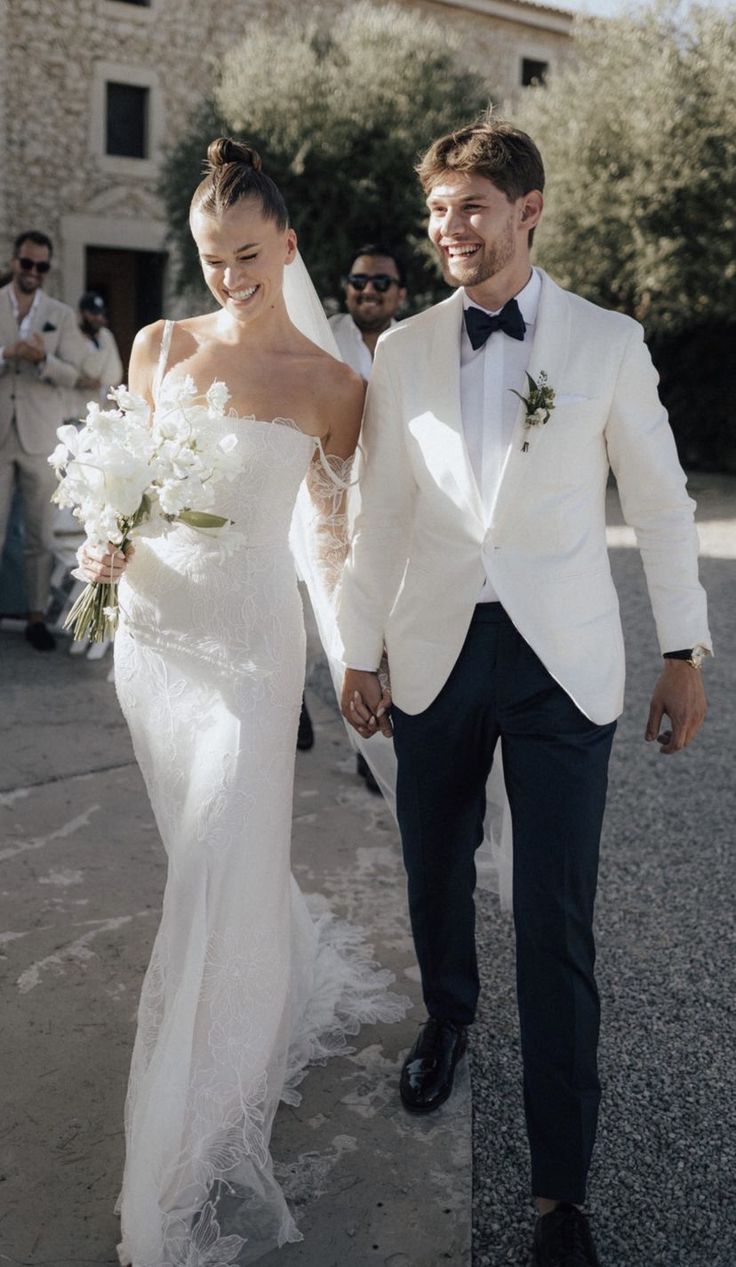Cultural Sustainability in Wedding Attire: Preserving Traditions in Modern Society
Understanding Cultural Sustainability in Wedding Attire
Weddings are monumental events that celebrate love, unity, and cultural heritage. One of the most visible aspects of any wedding is the attire worn by the couple and their guests. As society shifts toward a more sustainable future, the concept of cultural sustainability in wedding attire has gained importance. This article explores the significance of cultural sustainability, its impact on wedding attire, and how couples can embrace this concept while planning their special day.
The Importance of Cultural Sustainability
Cultural sustainability refers to the practice of preserving cultural identities while simultaneously promoting sustainable practices. As globalization increases, unique cultural traditions can be overshadowed or lost. In the context of wedding attire, cultural sustainability encompasses the use of local materials, traditional craftsmanship, and the incorporation of heritage in modern designs.
Challenges Facing Cultural Sustainability
| Challenges | Description |
| Globalization | The spread of global fashion trends can overshadow local customs. |
| Fast Fashion | Mass production leads to unsustainable practices and loss of craftsmanship. |
| Cultural Appropriation | Misrepresentation and exploitation of cultural attire can occur. |
| Environmental Impact | Traditional materials may be replaced with environmentally harmful alternatives. |
Historical Context of Wedding Attire
Wedding attire has deep historical roots, reflecting the culture and traditions of various regions. In many cultures, specific colors, fabrics, and styles hold significant meaning. For example, in Western cultures, white is often worn to symbolize purity, while in many Asian cultures, red is associated with good fortune and happiness.
Cultural Significance of Attire
Different cultures have unique garments and styles that represent their history and values. Understanding these cultural contexts is vital for couples who wish to honor their heritage. By embracing cultural sustainability, individuals can celebrate their roots and ensure that traditional practices are preserved for future generations.
Modern Approaches to Cultural Sustainability in Wedding Attire
Incorporating cultural sustainability into wedding attire can take many forms. Here are several approaches that couples can consider:
- Local and Ethical Sourcing: Choose local designers and craftsmen who use sustainable materials.
- Custom-Made Attire: Commissioning custom pieces can promote traditional craftsmanship and reduce waste.
- Upcycled or Vintage Pieces: Using second-hand attire not only promotes sustainability but also gives a history to the wedding attire.
- Traditional Techniques: Many cultures have unique textiles and embroidery techniques. Incorporating these practices can enhance the cultural aspect of the attire.
Case Studies of Cultural Sustainability in Wedding Attire
To further illustrate how cultural sustainability can be integrated into wedding attire, let’s look at a few examples:
Indian Weddings
In India, traditional wedding attire often includes intricate fabrics like silk and brocade, adorned with embroidery and embellishments. Many contemporary Indian couples are turning to local artisans to create custom garments that honor their cultures. This not only supports local economies but also preserves traditional craftsmanship.
Western Weddings
In Western cultures, more couples are opting for eco-friendly Wedding dresses made from sustainable fabrics, such as organic cotton or bamboo. Some designers are even creating collections that are inspired by vintage styles, thereby reducing the need for new materials and celebrating the elegance of past designs.
Rainbow and Inclusive Weddings
Many couples now embrace cultural sustainability beyond traditional outfits. Inclusive weddings that celebrate LGBTQ+ identities can involve unique expressions of culture through attire, showcasing how modern love stories intertwine with cultural heritage.

Tips for Couples Planning Culturally Sustainable Weddings
Here are several tips for couples looking to incorporate cultural sustainability into their wedding attire:
- Research Cultural Traditions: Spend time learning about your cultural background and the symbolism attached to different garments.
- Consult with Experts: Seek advice from designers who specialize in sustainable and traditional wedding attire.
- Choose Versatile Attire: Look for options that can be reused in the future, such as dresses that can be altered for other events.
- Communicate with Family: Involve family members who may have insights about traditional attire and customs that should be honored.
The Role of Technology in Cultural Sustainability
Technology plays a vital role in promoting cultural sustainability. Online platforms allow local artisans to reach a broader audience, while social media can create awareness about sustainable practices in wedding attire. By sharing stories and images of culturally inspired weddings, communities can foster an appreciation for traditional craftsmanship.
The Future of Wedding Attire and Cultural Sustainability
As more couples become aware of the importance of sustainability, the future of wedding attire is likely to reflect these values. This shift towards cultural sustainability not only honors the past but also paves the way for a more responsible fashion industry. Emphasizing unique cultural practices can help couples create memorable and meaningful celebrations.
Conclusion
In conclusion, embracing cultural sustainability in wedding attire allows couples to celebrate their heritage while making environmentally conscious choices. By being mindful of sourcing, craftsmanship, and the cultural significance of their attire, couples can create a wedding that is not only beautiful but also respectful of their cultural identities. As we move forward, let us remember the importance of cultural practices and the role they play in shaping our identity and connections with one another.
For couples planning their wedding, consider how you can incorporate these sustainable practices into your attire choices, creating a celebration that honors both love and culture. Remember, every little effort counts towards preserving our cultural heritage for future generations.